1896 was a very good year in my family’s history. Three of my four grandparents were born in 1896. Carl Miller, his wife Gertrude (Brewster) Miller, and Cornelius Schumm were all born in 1896. Grandma Hilda (Scaer) Schumm was born in 1895.

Carl and Gertrude (Brewster) Miller
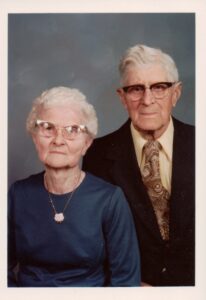
Hilda (Scaer) & Cornelius Schumm.
This got me thinking about my grandparents, noting some of their similarities, differences, interesting facts, and coincidental things about them and how their lives paralleled each other. Here are some of my observations.
My two grandmothers were the first-born children in their family. Grandma Gertrude Miller was the first of eight children and Grandma Hilda Schumm was the first of five children.
Grandpa Cornelius Schumm was the second of three children and Grandpa Carl Miller was seventh of nine children, counting his step-siblings. Carl was the first child born in the newly-built Miller house on Sipe Road.
All four of my grandparents were born in different counties. Carl Miller in Mercer County, Ohio; Gertrude (Brewster) in Adams County, Indiana; Cornelius Schumm in Van Wert County, Ohio; and Hilda (Scaer) in Allen County, Indiana. Two born in Indiana, two born in Ohio.
My two grandfathers lived their whole lives in the county in which they were born. In fact, they lived their whole lives on the farms on which they were born. Those two Century Farms are still in my family.
Grandpa Schumm spent his life working on his farm, farming, running his threshing machine, and operating his sawmill.
Grandpa Miller farmed but also worked at Central Soya in Decatur.
Both of my grandmothers gardened, which was pretty much the norm back then. They were both excellent cooks and bakers.
Grandma Schumm liked to quilt and she made many quilts.
Grandma Miller was not into quilting or sewing. She probably made her bib aprons that she always wore, but I never saw her sew much, although she probably made her children’s clothing years before.
Neither of my grandmothers drove a car.
Neither of my grandfathers served in WWI.
Carl Miller was born in February 1896 and died in November 1973. His wife Gertrude (Brewster) was born in November 1896 and died in February 1973.
The minister who conducted the Miller funerals also married Joe and I.
Three of my grandparents were raised Lutheran. Grandma Gertrude (Brewster) attended Mount Carmel EUB as a girl but joined Zion Chatt after she married Carl Miller.
Both grandparent couples were married in a Zion Lutheran Church. The Millers married at Zion Chatt, and the Schumms at Zion Schumm.
I do not have a wedding photo of either my Miller or Schumm grandparents.
Grandpa Carl Miller was a first generation-born American.
Grandpa and Grandma Schumm were both second generation-born Americans.
Grandma Gertrude Miller’s family was in America much longer. In fact, at least one branch of her family goes back to the American Revolution. I don’t know who first immigrated in her family.
I have a photo of myself with all my grandparents, but not very many photos. I could find only one photo with both Grandpa Miller and myself and I was not even a year old at the time. In this 1952 Christmas photo with Grandpa and Grandma Miller and my cousins, I am on the sofa, center, back, behind my crying cousin. These were all of my Miller cousins at that time.
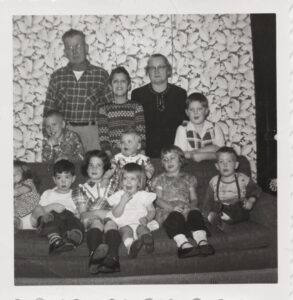
Miller Christmas 1952.
The 4-generation Schumm-Miller-Bennett photo below was taken after our son Jeff’s birth in 1982.
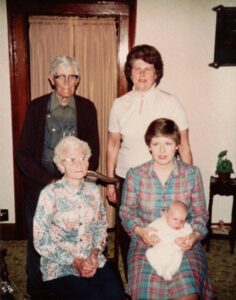
Grandpa & Grandma Schumm, my mom Florence, me holding our son Jeff, 1982.
Three of my grandparents had rather serious personalities. Grandma Miller was the exception. She was just plain ornery and loved to kid around and play practical jokes on family members. She was a real clown. I spent many summer afternoons playing cards with Grandma and Grandpa Miller. Great memories!
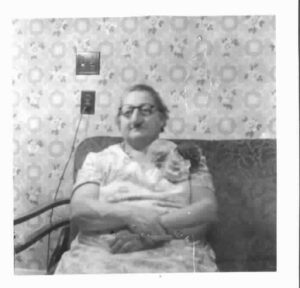
Gertrude (Brewster) Miller with funny glasses, nose.
Beside my family, here are some famous 1896 births:
George Burns (1896-1996), actor/comedian
F. Scott Fitzgerald (1896-1940), author
Mamie (Doud) Eisenhower (1896-1979), first lady
Ira Gershwin (1896-1983), lyricist
And my personal favorite: Percy Spencer (1896-1969), inventor of the microwave oven
Some other happenings around the world in 1896:
German physicist Wilhelm Conrad Rontgen discovered x-rays
Utah became the 45th state
The Tootsie Roll was invented
First radio signal transmission was made
First edition of the Dow Jones Industrial Average was published
Henry Ford completed his first gasoline-powered automobile, the quadricycle
The City of Miami, Florida, was incorporated
The shortest war in history was fought: the Anglo-Zanzibar War, lasting 45 minutes
John Philip Sousa composed the “The Stars and Stripes Forever”
Yes, 1896 was a special year.

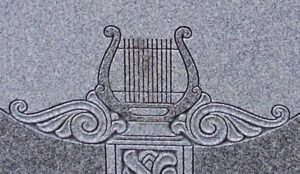
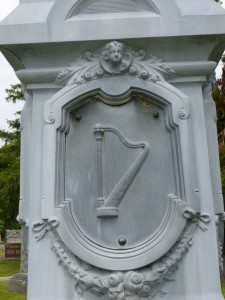
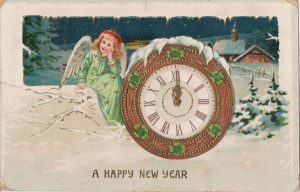
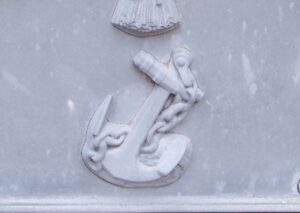
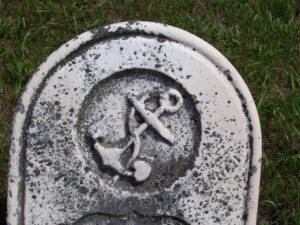
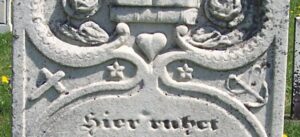
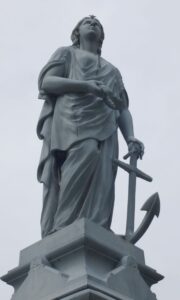
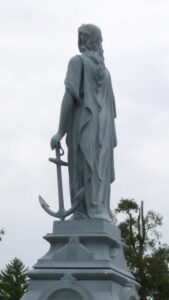
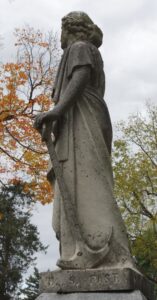
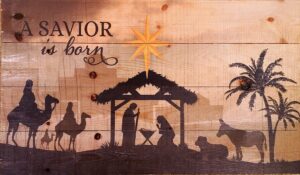
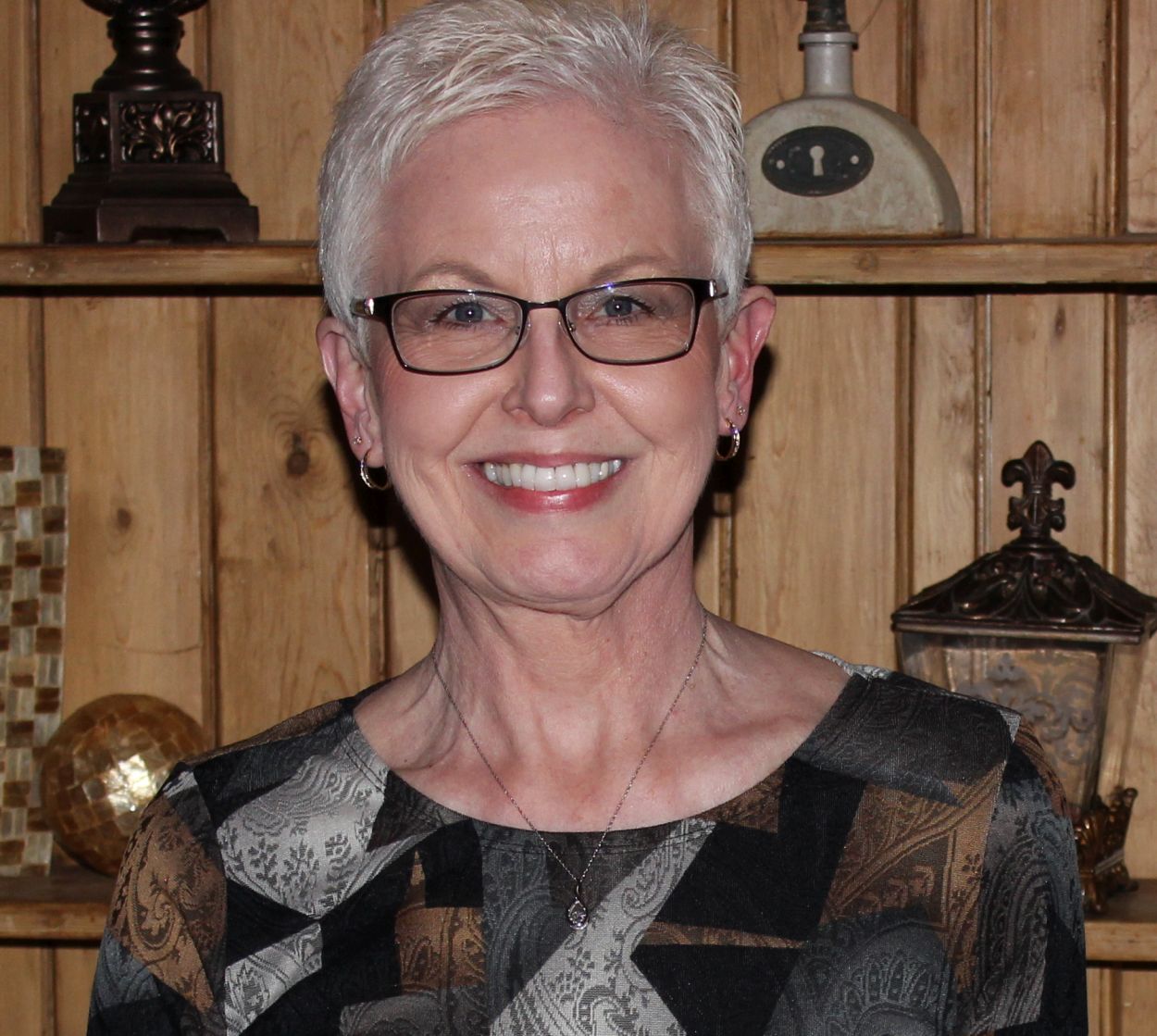
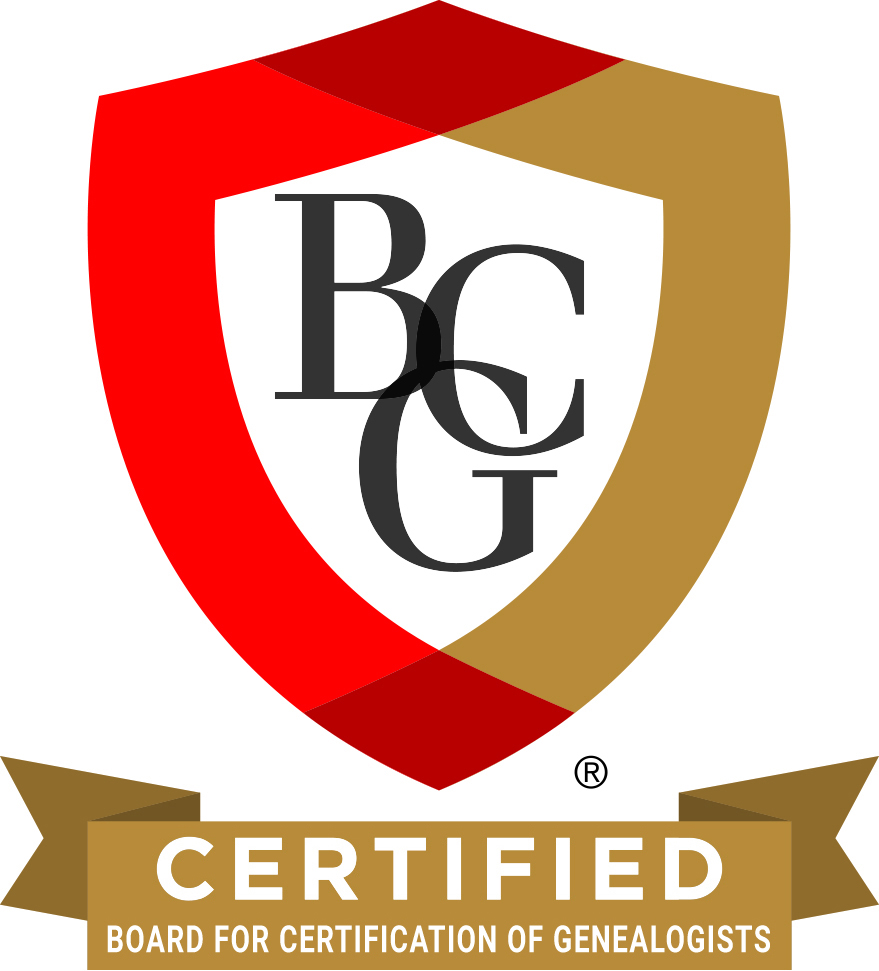
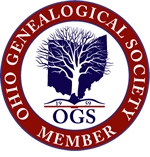

You are welcome!
You're welcome, Karen. I'm still working on this also. Thank you so much for all of your wonderful Mercer County…
Very interesting and great picture (I had neersee before) of the church! Thanks for sharing this, Karen.
Ha! I see why you say that. Your original surname was probably something similar to Schmitt.
Thank you for letting me know.